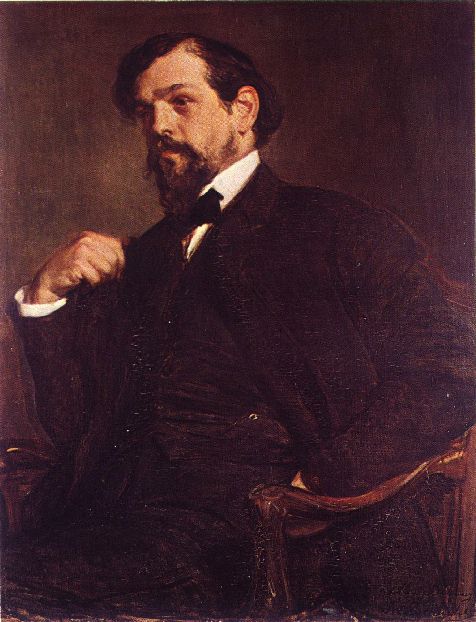Deux Arabesques
Buy this item (out of stock)
Product ID: GM1 CL170
By Claude Debussy
Publisher:
Goodmusic
Arranger:
Lawson
Genre:
Impressionism
Line Up:
Symphony Orchestra
Level: 4
Set & Score
This item is out of stock
About this item
Deux Arabesques were two novelty piano pieces dating from Debussy's relatively early days, being written between 1888 and 1891, the first being wistul and magical, the second being more playful and charming.
I have attempted to orchestrate them as Debussy might have done, but as pianists tend to take considerable liberties with tempi in order to create atmosphere, light and shade in their interpretations, I have reflected this in the orchestral score with many additional tempi rubati. These appear in square brackets and are optional. Peter Lawson
The Clarinet parts can be played on Bb or A clarinets - they probably lie better on the A - both versions are shown in the clarinet parts.
Instrumentation
2 Flutes, 2 Oboes, 2 Clarinets in Bb or A, 2 Bassoons 2 Horns in F, 2 Trumpets in Bb, 3 Trombones, Tuba, Timpani Percussion (3 players:Castanets, Snare drum, Cymbals, Tambourine, Triangle, Glockenspiel), Harp Strings (Violin 1, Violin 2, Viola, Cello
Reviews and rating
No review available, be the first to write one!

Composer
Claude Debussy (1862-1918)

Claude-Achille Debussy (22 August 1862 – 25 March 1918) was a French composer. Along with Maurice Ravel, he was one of the most prominent figures working within the field of impressionist music, though he himself intensely disliked the term when applied to his compositions.[3] Debussy is among the most important of all French composers, and a central figure in European music of the turn of the 20th century. He was made Chevalier of the Legion of Honour in 1903.
His music is noted for its sensory component and for not often forming around one key or pitch. Often Debussy's work reflected the activities or turbulence in his own life. His music virtually defines the transition from late-Romantic music to 20th century modernist music. In French literary circles, the style of this period was known as symbolism, a movement that directly inspired Debussy both as a composer and as an active cultural participant.
More info about the composer...



 Click above to view samples
Click above to view samples
